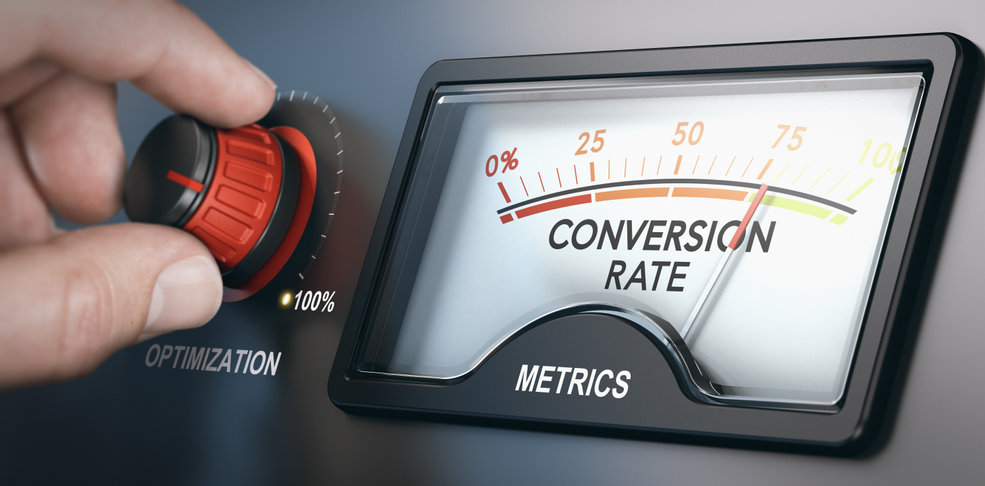How to Create a Conversion-Optimized Website

Your website is a critical tool in your marketing arsenal. We’ve seen firsthand how a well-optimized site can drive more traffic, generate leads, and ultimately convert visitors into loyal customers. But what makes a website truly conversion-optimized? Conversion rate optimization (CRO) is the process of enhancing your website to increase the percentage of visitors who […]
You Don’t Really Want SEO

Search Engine Optimization (SEO) is such a big buzzword. At least twice a month I am approached about doing SEO for an existing or potential client. As we begin to delve into their goals though, it often turns out that what they really want is Conversion Rate Optimization (CRO). And it turns out that CRO […]
Finishing Strong

Sometime in the first or second week of November, many business people slowly begin to checkout. It’s time for Thanksgiving and then Christmas and then New Years. It’s not time to close new deals or even to push to the finish on existing deals or projects. But that is really just an excellent way to […]
Turn Your Digital Marketing Around
The core of digital marketing is your website. It is your website where you have the most control. You can publish content about what you do, what you offer, any special events or sales you have, interact with customers and pretty much whatever else you need it to do. Other web sites might opt not […]
The Changing Face of SEO

Search Engine Optimization (SEO) continues to mature as a discipline and as it does, the things that one must do continue to change. Some of the work of SEO is quite straightforward and in fact the single most important thing you can do to boost your rankings is to have quality content about what you […]
10 Next Steps for Your Website
Every web site, and every page should have a next step. Why does your business have a website? What is the purpose? These are the kinds of questions you should be asking yourself as you look at the pages on your site. Sure it should look nice. Yes, it would be great to be optimized […]
The Problem with Content
On the Internet, content is king. If you want to be ranked in the search engines, the best thing you can do is put original content on your website. We often have existing or potential customers get very enthusiastic about generating content for their site as we extoll the virtues of doing so. And they […]
Little Data
In the Internet world, Big Data is a big buzz word. With the right tools huge volumes of data can be digested, analyzed, and summarized with amazing speed. Technology like this is what is driving technical inroads in an array of industries from understanding the human genome to making digital currency like Bitcoin to understanding […]
Is Page Speed Important?
Not long ago I wrote an article on Page Speed. Since then, page speed has continued to climb in importance. How Google’s algorithm for ranking pages works is the secret sauce that makes them who they are. But we do know that pages that load fast are moving up in importance in the algorithm. So […]
Four Reasons Why You Won’t Want to Work with EduCyber
Yes, we’re telling you why you would choose NOT to work with us. Here we go: You want a website that looks just like your brochure If you see no difference between print collateral and your digital presence, then you probably don’t want to work with us. Your brochure is a great tool to hand […]
